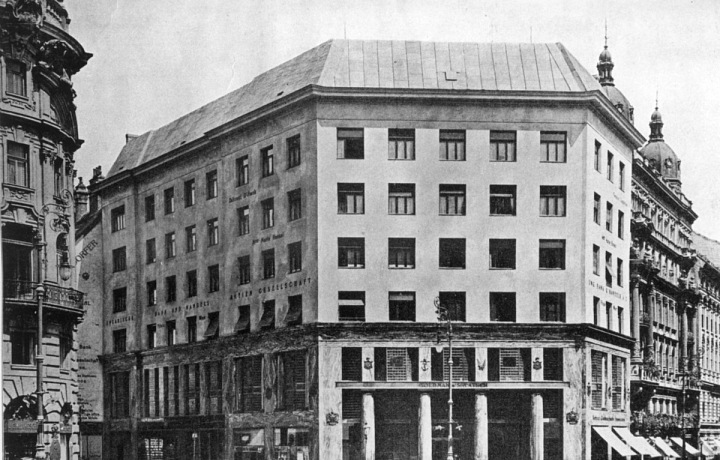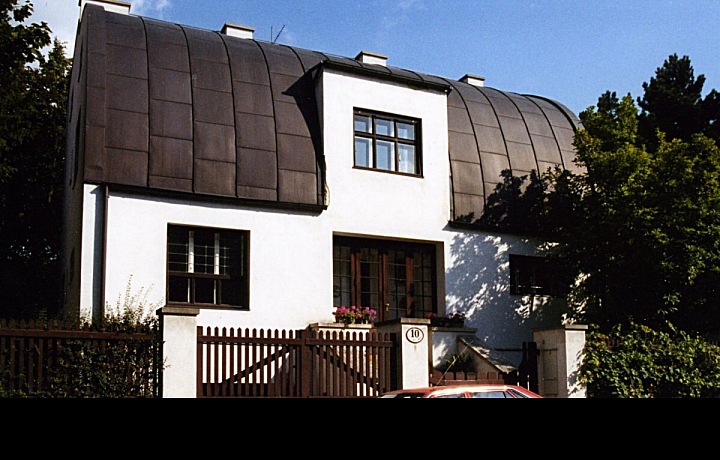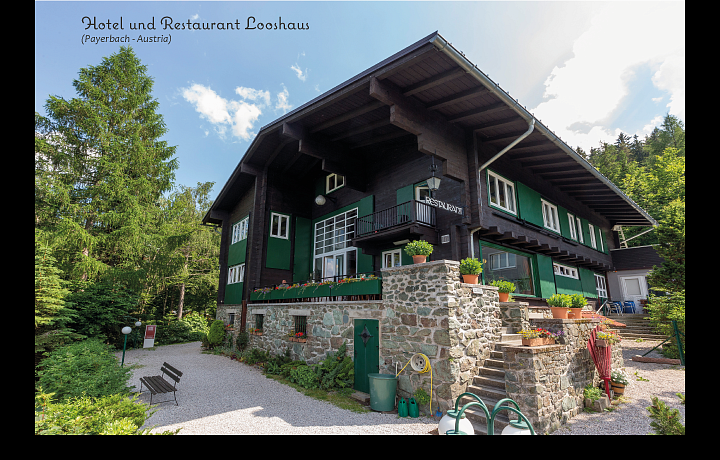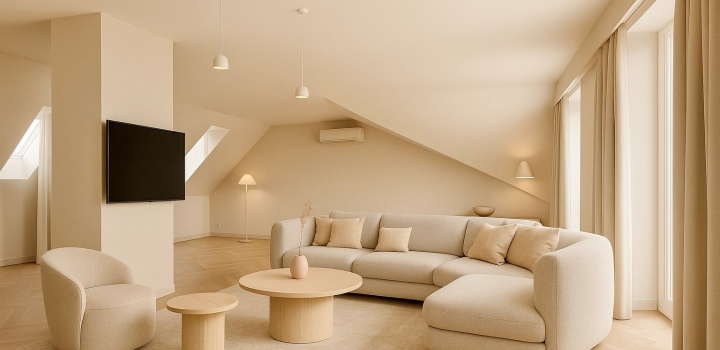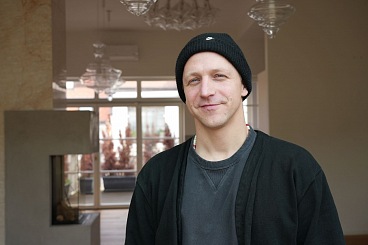The Architects Series: Adolf Loos as a World Citizen
The birth of an artist
He was born in 1870 in a stonemason’s family in Brno, Czech Republic. His childhood was heavily affected by the early death of his father; the upbringing of his wild nature was then left only to his mother. She tried to persuade him to continue in the family’s stonemason’s tradition, but the young lad instead decided to run away from home and ended up at the technical college in Liberec.
Formation of the artist’s direction
In the subsequent years, he moved through several educational institutions. His youthful experience-gathering trip culminated with a three-year trip to America, where he became enticed with industrial buildings and a simple life style – and this is the end of the “Don Juan-esque” part of his life. On another continent, he was captivated by the purpose-driven style of Louis Sullivan, which became of great importance to his future life.
Ideological basis for his work
After returning, he worked in a Viennese construction company. He was a word-architect; the public knew him more for his ideas rather than for his buildings. He strongly opposed the ornaments and decorations of the secession style. He was a supporter of the “clean style” arising from economic and utility reasons; the appearance of a building should mirror its purpose and construction method.
Specific works
In 1897 he founded his own studio. A turning point in his work was the design of the Goldman & Salatsch Looshaus building on Michaelerplatz, with a purist design that soon became a sensation.
In 1922 Loos became the main architect for Viennese housing projects. Soon after, he decided to leave this position and head to France, where the local avant-garde was keen to welcome him. His greatest works were also created at that time – the house for Tristan Tzara (Montmart), Rufer Haus (Vienna), the Stross Villa (Vienna), Muller’s Villa for Dr. Franz Muller in Prague, and the Pilsen Apartment Interiors.
A villa built in the spirit of the so-called “Raumplan”
The building from the 1928-1930 era implements the concept of arranging living areas based on spatial and height differential of individual function zones, interconnected with short staircases.
His innovative ideas laid the ground for modern architecture of the twenties of the 20th century and forever changed the architecture of future years.



